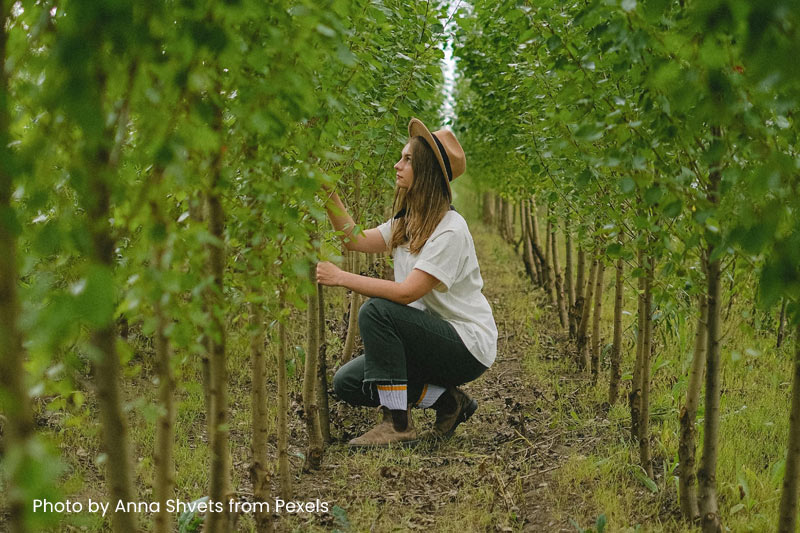If you live in San Diego County, you’ve likely noticed water restrictions becoming more frequent in recent years. With dry winters, hot summers, and increasing statewide conservation efforts, keeping your trees alive now requires strategy—not just routine care.
At Tree Barber, we’ve been helping homeowners and businesses across North County care for their trees through every kind of drought since 1983. Here’s what you need to know to keep your trees healthy—without breaking any watering rules.
Know the Rules (and the Exceptions)
Most cities in San Diego County now have specific regulations about how and when you can water. But here’s what many people don’t realize: trees are often exempt from standard lawn watering restrictions. Why? Because they’re long-term environmental assets and far more difficult to replace than grass.
In most areas, using drip irrigation or soaker hoses is allowed—especially when watering mature trees. Always confirm with your local water authority to stay compliant.
Focus on Mature Trees First
If water is limited, prioritize your oldest trees. Lawns can bounce back fairly quickly with rainfall or reseeding. But a 40-year-old tree suffering from root stress? That’s a decades-long investment you can’t afford to lose.
Deep Watering Works Best
Skip the quick daily sprays. Trees need deep, infrequent watering to build drought resilience. Let a hose trickle slowly at the drip line—the area beneath the outer edge of the canopy—not at the trunk. This helps the moisture soak 12–18 inches deep into the root zone, where it matters most.
Mulch = Moisture Insurance
Add 3–4 inches of organic mulch (such as bark or wood chips) in a wide ring around the base of your tree. This helps retain moisture, reduce surface evaporation, and improve soil quality. Be sure to keep mulch 3–6 inches away from the trunk to prevent rot and discourage pests.
Thinking About Trimming During a Drought? Think Again.
Many people assume summer is the ideal time to prune, but during dry months, this can put unnecessary stress on trees. That’s why our certified arborists recommend scheduling major pruning for fall or winter, when trees are naturally more resilient and better able to recover.
Need help planning? We’ll assess your trees and build a pruning schedule that works with the seasons and complies with local watering limits.
Watch for Signs of Drought Stress
Drought stress isn’t always obvious at first. Catching early symptoms can prevent long-term damage. Watch for:
- Yellowing or wilting leaves
- Thinning canopies
- Cracked bark
- Dead or dropping branches
If you notice any of these signs, it’s time to act.
Not Sure What You’re Dealing With? Ask an Arborist.
Not all trees respond to drought the same way. Native species like Coast Live Oak often adapt well, while non-native ornamentals may require additional care—or even replacement. Our team can assess your landscape, identify stress-prone species, and recommend smart solutions tailored to your property and water restrictions.
For over 40 years, Tree Barber has been San Diego County’s trusted expert in drought-smart tree care. From Escondido to Poway and beyond, we help protect your property’s value while keeping your trees healthy, resilient, and beautiful.
Want expert help preserving your trees through San Diego’s drought conditions? Contact Tree Barber today for a consultation.

